A Weather Report from the Sorcière Noire
The Monday after my dad died, I was back home in Austin after spending most of the prior two weeks with him and my mom in Iowa, and I had a kind of surprise day off on what looked to be a beautiful day, so I took the black mouth cur out for a nice long amble into the woods behind the factories and back along the river. We hadn’t gotten very far before I came upon this antler shed, down in the ravine that runs behind the construction supply yard, a place where sometimes one finds the remains of old televisions. Antlers are always strengthening signs, and this one had a nice heft as I carried it all the way with me on our walk.
The woods and yards are flush with butterflies this season, after the rains of September brought some late blooms at the end of a parched summer. When you walk in forest or field, they get flushed out like flocks of fairies. Skippers and fritillaries, mostly, but also many swallowtails—tigers, giants, and blacks. Walking among them that morning, seven days since we were there with Dad as the life left his body, I remembered the sermon the Presbyterian minister gave at my Uncle George’s funeral, which was pretty good until, like some kid’s birthday party magician, he pulled a large stuffed caterpillar out from the pulpit, shoved his hand up into it, and turned it into a butterfly.
It wasn’t until I found myself talking with Dad about my brother Alex and the other loved ones waiting for him on the other side that I really appreciated the power of those stories we tell ourselves about what happens when we die. How quickly one’s proclivity for evidence-based nihilism disappears, along with the cynicism that laughs at the self-parody of a pastor’s unsubtle puppetry to comfort the bereaved, as you try to navigate the emotional landscape of death. That Dad was so mentally alert and engaged right up until the end, and so ready for what was coming, made the sympathetic signs nature presents us in changing seasons all the more palliative.
As the summer growing season has ended for the farmers downriver, the river authority has stopped its seasonal dam releases, and the channel is as shallow as it gets. Which is convenient if you are the sort who likes to walk in the middle of a navigable waterway whose banks are thick with vegetation and devoid of any trails beyond the sort that animals leave and humans have to crawl through. At the spot where the river widens and gets even shallower, a natural low-water crossing, we saw an egret, a mallard and a blue heron out for their morning feed beneath the edgeland tent someone had pitched in the woods behind the playground. I’ve seen a lot of such tents lately in the urban woods, tents that are obviously new and store-bought, by people who have enough money to make such a purchase—but not enough to put a roof over their heads in a town where the average rent is now $2900 a month, according to a story I heard on the radio this week.
A little further down, we saw one of the neighborhood osprey watching over the river from a dead tree, next to an even deader tree that had been cut down, tarred, and turned into a telephone pole—one that looks soon to meet a second end, as the bluff erodes a few inches closer to its footing every year. The persistence of these inland sea eagles along the urban river feels like one of the main indicators of riparian health, and always a reassuring sign, even when you know they are there every day.
Later that afternoon, when I came back from a run toward the end of the day, I was startled as I opened our front door by a shadow so vivid I could feel it rustling my hair. I reached for it, and turned, only to realize it was a butterfly, one bigger than my hand, and as dark as the wings of that osprey. The creature tried to fly in, and I shooed it back and pulled the door shut from the outside as it alighted atop the door jamb.
It didn’t look quite as dark now, but dark enough—the dark browns, mottled blacks and chalky whites of the woods at night, with an owl eye on each wing. It had a big chip out of its right forewing, one of those signs of life lived that helps you identify an individual insect when you see it again later. I admired its fragile majesty for a long moment, then entered the house through a different door.
That night, I saw it again, on the seam of that different door. It was dark out, after we put our daughter to bed, and the butterfly was darker now. And again, I felt compelled to be thoughtful enough to keep it from entering the house, for fear it would end up trapped and without food but in a spot where we could not catch and release it. It was still there in the middle of the night when I had to get up, as the dogs went nuts over the sound of raccoons screaming in the trees.
In the morning, it was gone.
During the week, I tried to identify the butterfly, but found myself stumped. Saturday afternoon, I texted a picture to my mom, and she replied with uncharacteristic immediacy: “That’s a black witch.”
She also added the scientific name, Ascalapha odorata. Which is not a butterfly, as I should have already figured out, but a moth.
The black witch moth—mariposa de la muerte to the Mexicans, pirpinto de la yeta to the Argentines, duppy bat to the Jamaicans, sorcière noire in the former French colonies—is, as I quickly learned upon looking it up, found across the tropical regions of the hemisphere, and associated with death in the folklore of every one of those regions. The stories vary from country to country. In Mexico it is a harbinger of death, if it enters the house of a sick person—perhaps provoking my instinct to keep it out. In the Rio Grande Valley, that myth has a more specific requirement that the moth travel to all four corners of the house (there’s an alternate Texas version where it means you are going to win the lottery). In Jamaica, they believe it to be a soul not yet at rest. I gravitated to the Hawaiian version: that it is the soul of a recently departed loved one coming to say goodbye. Perhaps to the granddaughter who was on the other side of that door, and had not been able to be with Grandpa at his death bed.
Frazer would be able to tell me why I was telling myself such stories, but I already knew, even as I now understood how much they are also true.
My dad did not gravitate to the outdoors like my mom and me. He had spent his youth outside and on the playing field, and as an adult preferred the company of his own species, even as he came to enjoy the country life he and my mom created in their retirement, smiling as he burned his eyebrows off one of the first years they did controlled burns to restore the oak savanna, finding pleasure in the endless hours of simple work such a life affords, and taking advantage of time to read by the fire on cozy winter nights, especially effusive about his discovery of Turgenev’s stories of country life in a very different country. But there was one thing in nature he was singularly obsessed with: the weather.
Our ability to talk at length about the weather is a universal thing across cultures and continents, but there is something particular about its Midwestern variant. Something to do with a culture of farmers, and a culture where there is not that much else to talk about, other than politics, religion, and other things likely to lead to the kind of arguments native practitioners of practiced niceness mostly avoid. Midwestern folklore produced Febold Feboldsson, the trickster whose most notable gift was his ability to manipulate the weather over the Nebraska plains. No wonder my dad, who had grown up across the river from those plains, in the loess hills south of Council Bluffs, liked nothing more when I was a kid than to take me and my brother out in the yard to watch a big mid-continental thunderstorm roll in.
Sometime during the pandemic, Dad sent me a brand new weather radio. I remember him telling me it was an extra one he had somehow come to possess, the kind of thing that seemed perfectly likely with him, and my dystopian novelist’s affection for prepper-grade tools made me happy to take it. But I already had a radio in my office, one that mostly stays tuned to the local classical station, and so the C. Crane CCRadio 2E Enhanced AM/FM, NOAA Weather, 2-Meter Ham Band Portable Radio sat in its box for a couple of years, until I got home after saying goodbye to Dad for the last time, and realized I needed to open it.
Dad always had some kind of weather radio at his bedside, and at night after they retired he and mom often stayed up late reading and listening to Art Bell and later George Noory in between the weather reports. He knew as much about weather radios as he knew about fine wine, Big 10 football, and dental health, subjects in which he was a certified expert. So I knew this must be a good one.
I opened it in the darkness of early morning, a little after 5 a.m., what my in-laws might call la madrugada but Dad would have considered the time responsible people get their asses out of bed to get after the day. The lighting in the old trailer where I work is a little wanting, and it took me a minute to figure it out, but soon I had it running, with the clock set to the correct date and time, the band indicator set to Ich, and the robotic yet clearly human voice of the meteorological authorities reciting the indicators from all of the stations in our area. With a quick adjustment, it was tuned to my preferred FM frequency, but with the red light on indicating that it was set to preempt any other programming with the weather alerts as they came in.
I have yet to try out the capabilities of the Twin-Coil Ferrite® AM Antenna, which I expect will tune in signals from far corners of the continent at night. And it may take me a while to get up the nerve to listen in on the 2-Meter Ham Band, where, according to the manufacturer, one can hear local amateur radio operators sharing useful information in times of disaster. But as a living desktop memorial of the dad who was always right when he told me I was being a dumb-ass heading out to drive someplace when a blizzard was coming, it will serve pretty well. Especially with the kind of weather we have coming, and that with luck Dad’s corny heritage will help his grandchildren endure.
Further reading
My dad was among this newsletter’s most enthusiastic boosters, and those of you who knew him and ended up reading this based on his biased recommendation may appreciate the obituary that appeared in the Des Moines Register (the print version had paragraph breaks, but the online version does not, and I loved that it needed not be noted in either version that all of the place names referenced were in Iowa).
For more on the black witch moth, check out the pieces at Texas Entomology and Texas Butterfly Ranch. *Horror season note: the Black Witch is the creepy moth Thomas Harris had Hannibal Lecter put in his victims’ mouths in his novel The Silence of the Lambs.
And at The New Yorker, an interesting piece about a new biography of Ricardo Flores Magón, and the coming to terms with how radical and important Magón’s ideas were, as discussed in my June post about a Marfa roadtrip with our Magonista friends from Tijuana and San Diego.
On a sunnier note, this weekend in Austin marks (along with weekend one of the Austin City Limits Music Festival) the opening of the Lady Bird Johnson Wildflower Center’s annual Fortlandia installation of artist and architect-designed forts. Including one by my wife Agustina Rodriguez, located not at the Wildflower Center, but at the Butler Trail along Lady Bird Lake, in partnership with the Trail Conservancy. So if you’re in Austin and out for a walk, run or ride, take the boardwalk east toward the youth hostel and look for Phoenix Trail at International Shores.
According to the Old Farmer’s Almanac calendar on my wall, Sunday, October 9, is Leif Eriksson Day, and therefore a good day to read or reread The Vinland Sagas, which start with Leif’s dad getting into a fight with his neighbors after they fail to return some borrowed furniture, and end with what may have been the first colonial conflicts between Europeans and Native Americans.
Field Notes: The Book
Lastly, I’m delighted to share the news this week that Timber Press, an imprint of Hachette Book Group, has agreed to acquire my book: The Secret History of Empty Lots: Finding a Path to a Greener Future in America’s Hidden Urban Wilderness. This will be book-length narrative made largely from the same material as these Field Notes. I’m delighted to find such a good home for it, with an independent-spirited, ecology-focused press that has the platform of a major publisher, and excited to get to work on it. With hard work and good luck, it should be ready to hit the shelves in the fall of 2024. Thanks to editor Stacee Gravelle Lawrence and her colleagues at Timber Press, and to my agent Mark Gottlieb at Trident Media Group.
Here’s the deal announcement from Publishers Lunch, for those who like to read such things in their weird pitchspeak of the trade:
Such good professional news is bittersweet, when it comes within days after the loss of a loved one, but it’s also affirming.
Have a safe and wonderful week.


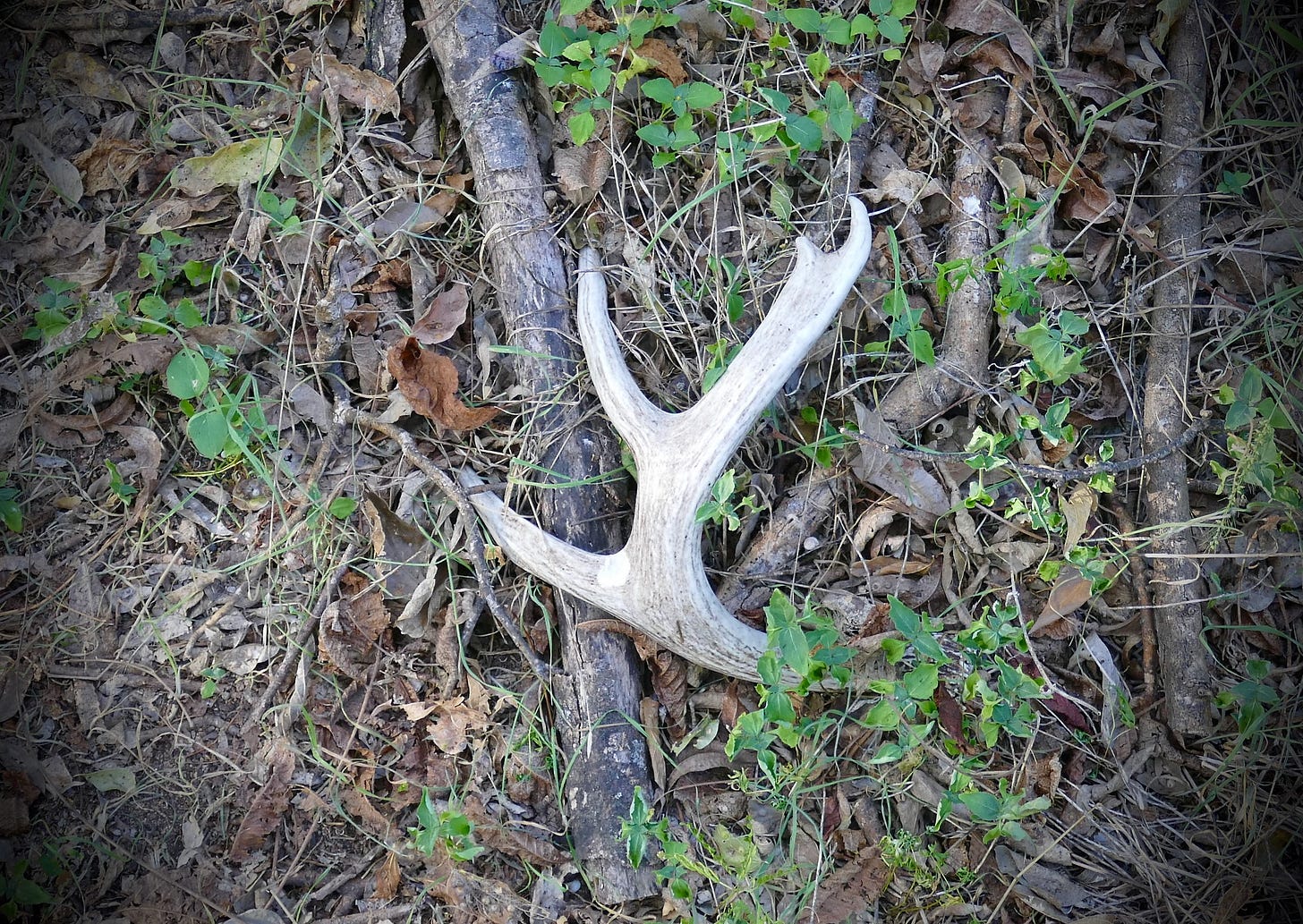
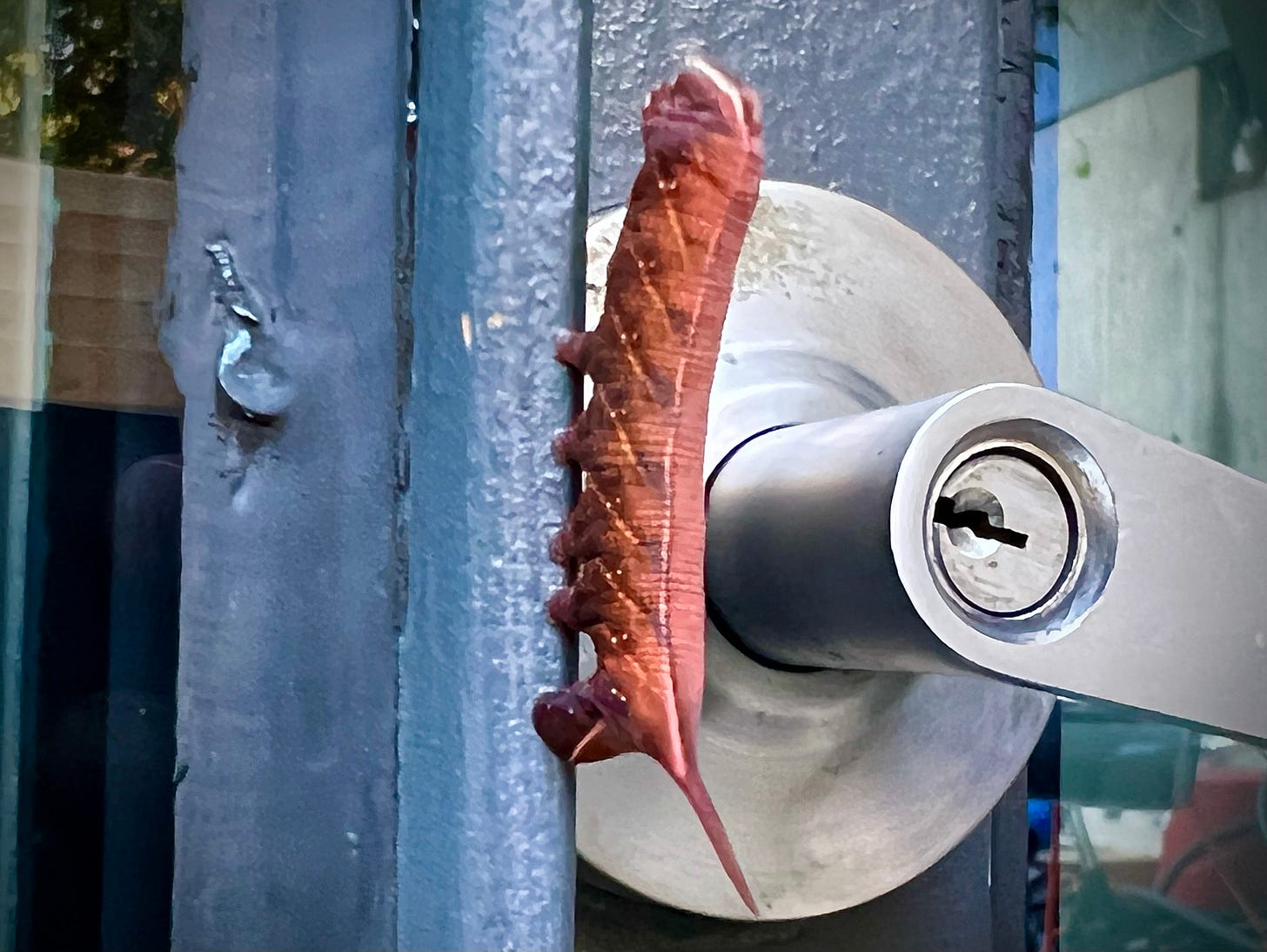
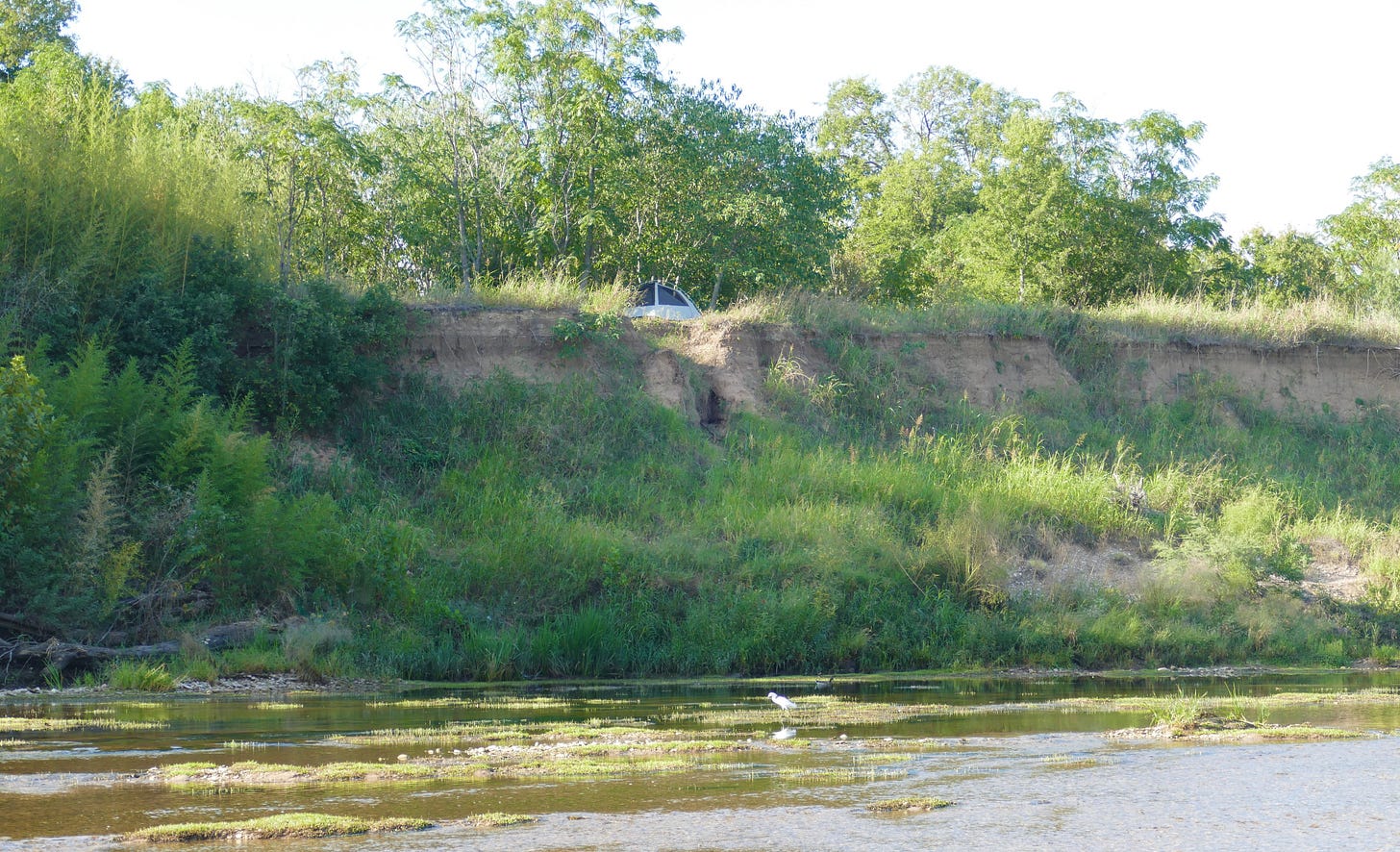
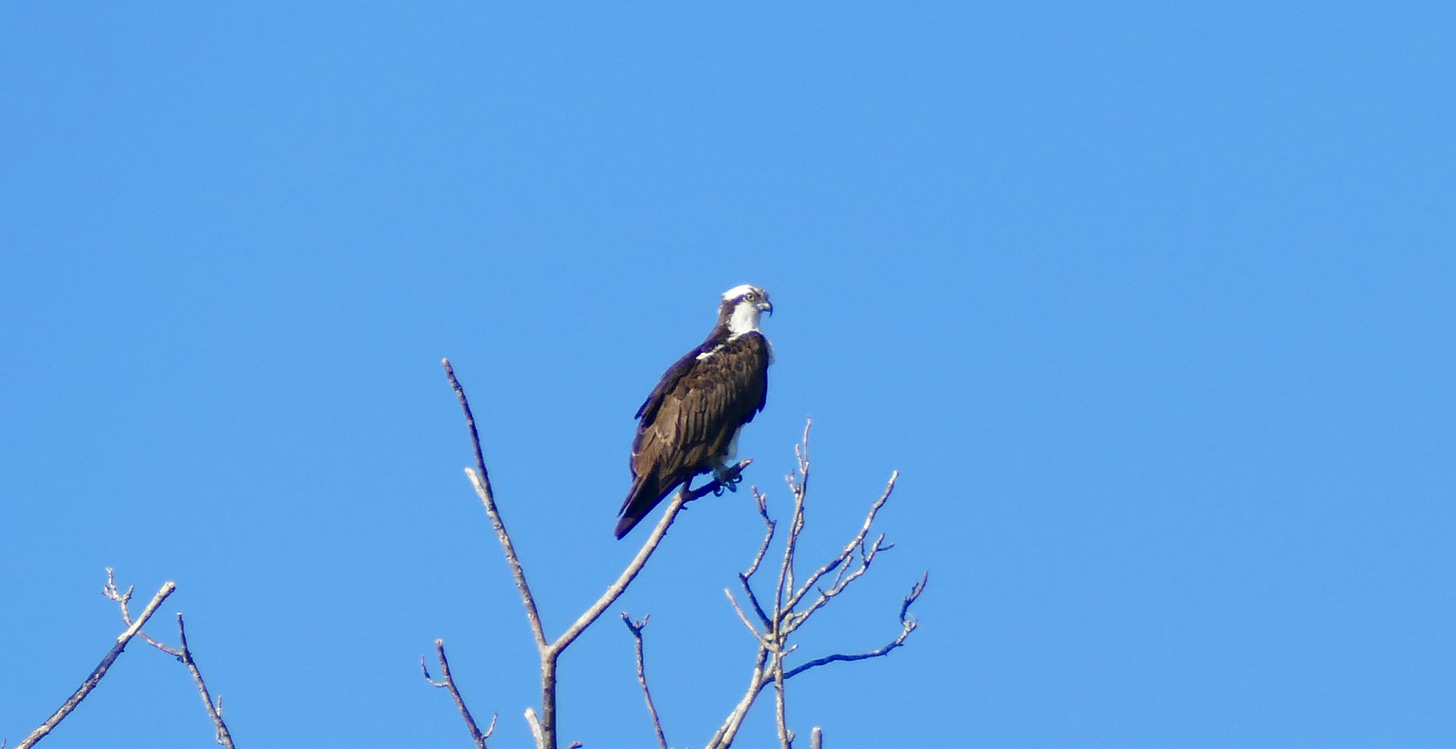
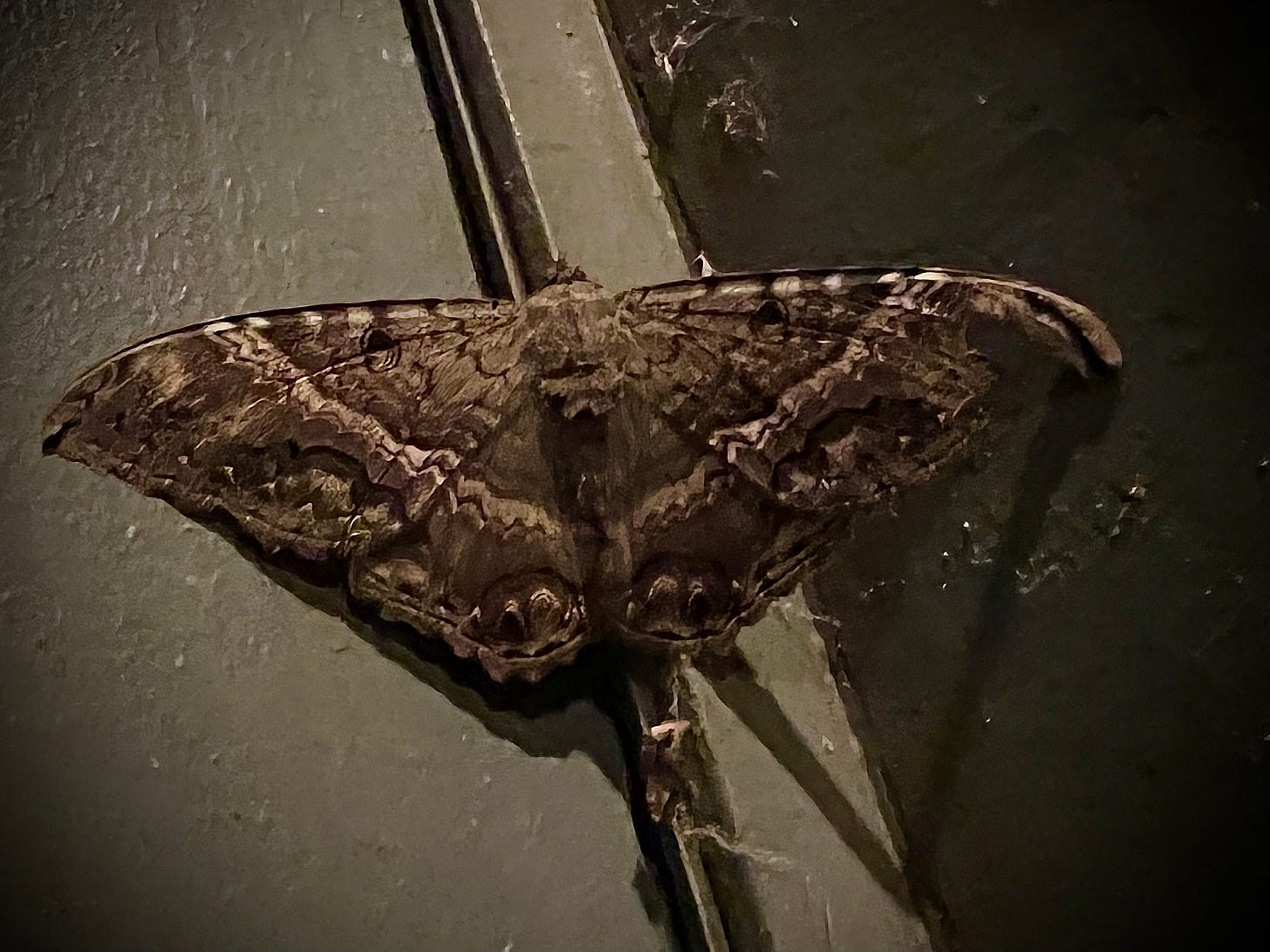

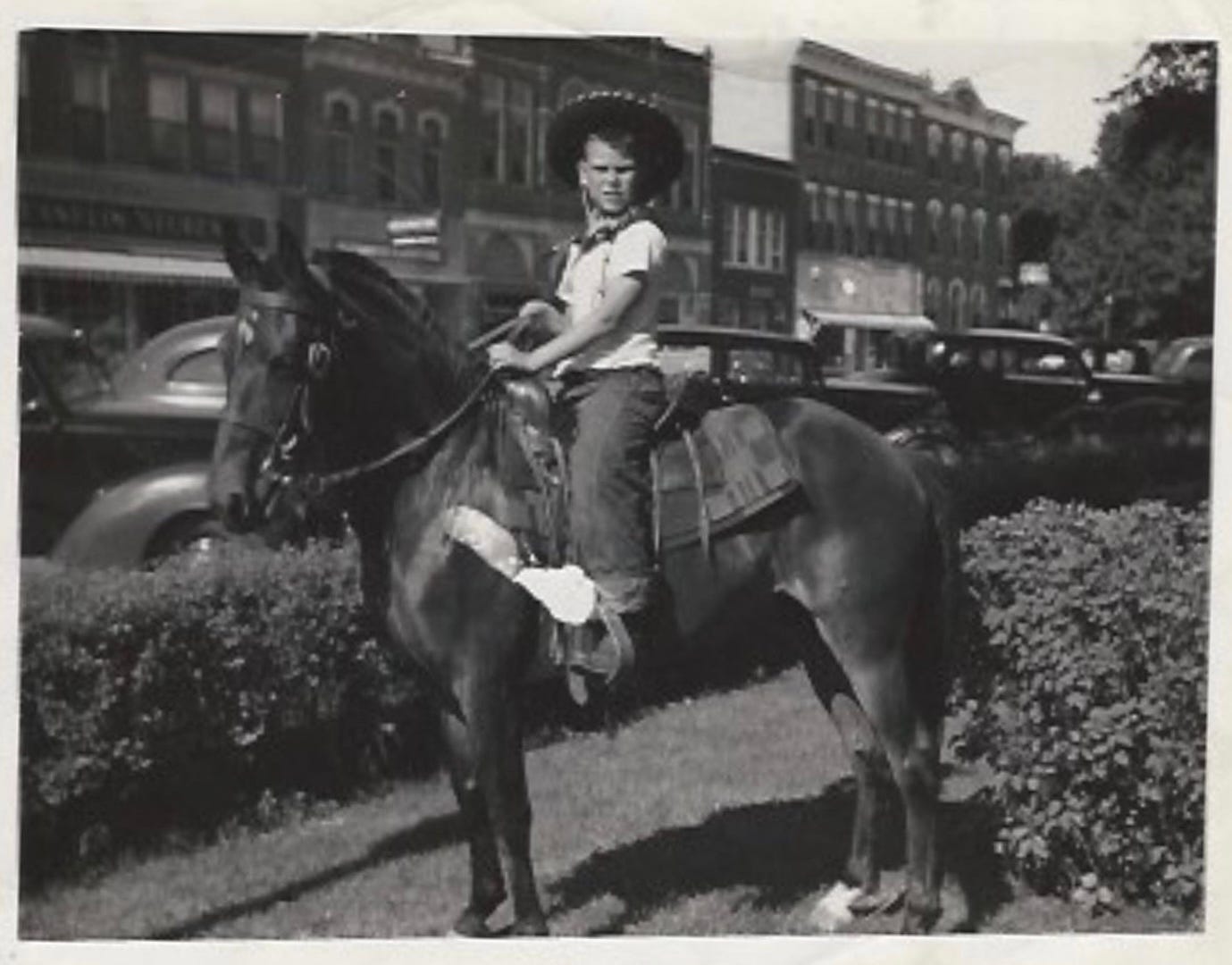



so often grief is numbing or awkward. here you are blessed by dad via moth, blessed with perceptive feeling and graceful words. well done
Just lovely, Chris ❤️